Economists weigh pros and cons of Trump plan for 60% tariff on China
Former President Trump's plan to "tax China to build up America" is either a necessary means to protect the U.S. economy or an oppressive tax on consumers and businesses, depending on who you ask.
Last month, the presumptive GOP presidential nominee rolled out a plan to eliminate China's most favored nation trade status and impose universal baseline 10% tariffs on imports. In private, Trump has even floated tariffs as high as 60% on Chinese goods, according to the Washington Post.
Trump argues that high tariffs are needed to reward domestic manufacturers and punish foreign companies who "export American jobs."
"Joe Biden claims to support American manufacturing, but in reality, he is pushing the same pro-China globalist agenda that ripped the industrial heart out of our country," he said in a policy video released in February.
ELON MUSK SAYS CHINESE EV COMPANIES WILL ‘DEMOLISH’ COMPETITION WITHOUT TARIFFS
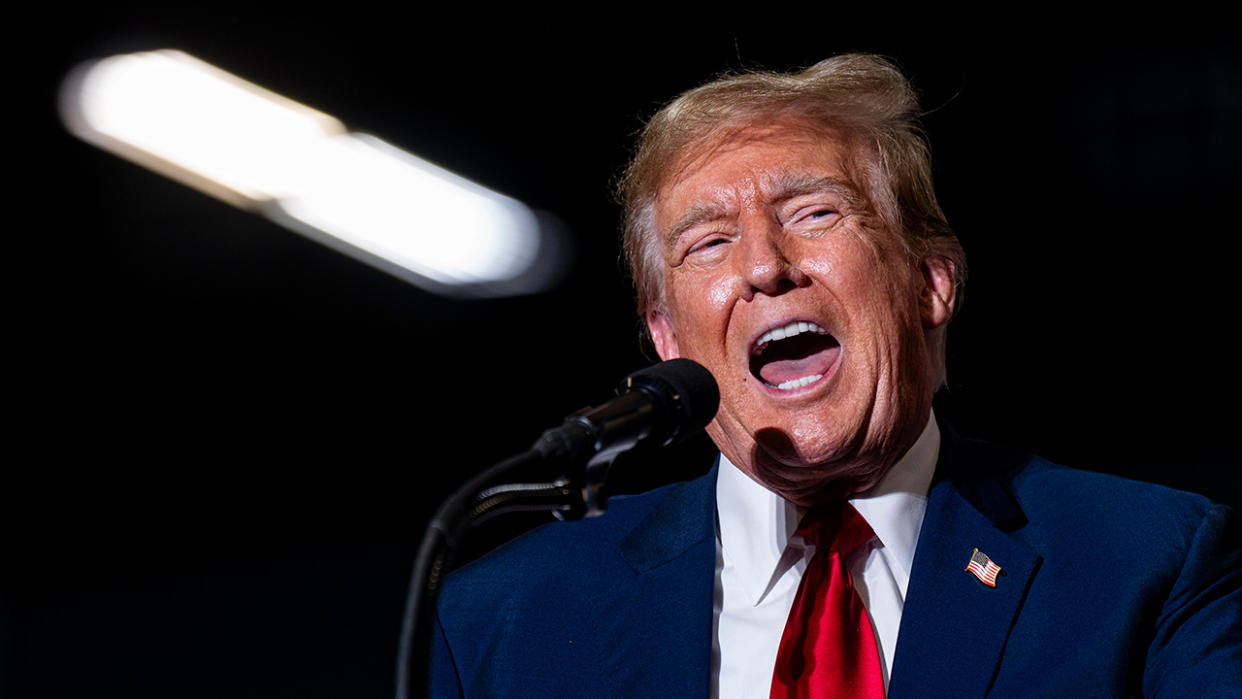
"Very simply, the Biden agenda taxes America to build up China," Trump said. "My agenda will tax China to build up America."
However, not all economists are on board. Many argue that tariffs are simply a tax on imports ultimately paid by American consumers. Others, who support Trump's policies, say tariffs can have immense national security benefits while costs are exaggerated.
Dan Savickas, director of policy for the Taxpayers Protection Alliance, said Trump's proposed 60% tariff on Chinese goods would mean "basically higher prices."
"Businesses who import goods or raw materials from China and who are paying a 60% upcharge to do so, they have to offset those costs somewhere. So, they're either going to purchase more expensive products from countries that are not China, or they're going to have to offset that by increasing prices," he told FOX Business in an interview.
PRESIDENT TRUMP'S TARIFFS, EXPLAINED: WHO REALLY PAYS THEM?
The inflationary impact of tariffs, Savickas said, is ultimately spread out across the American public. Small businesses that rely on cheap raw materials imported from China could suffer while big businesses, which can afford to pay the increased costs, push aside competition.
"I think you're going to see a lot of small businesses be put in a very hard place when they have to sell to bigger competitors, go out of business altogether, or price themselves out of the market by raising prices for consumers," Savickas said.
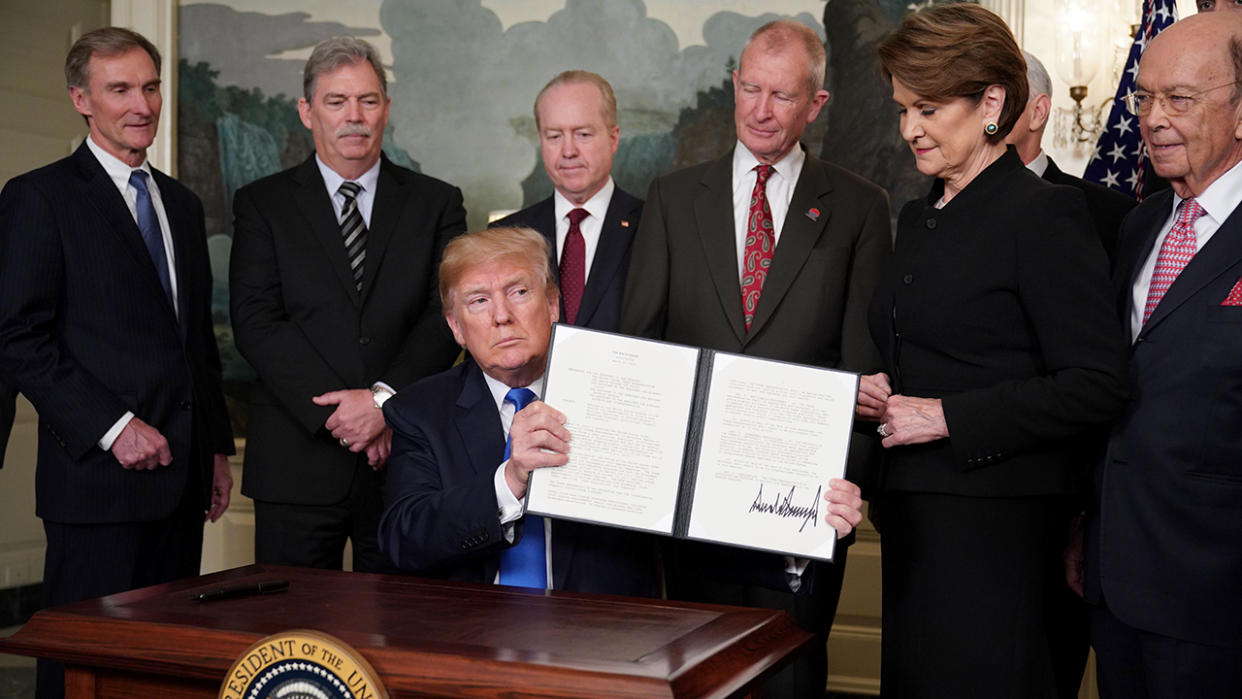
However, others say American consumers would see little impact from increased tariffs. Michael Stumo, CEO of the Coalition for a Prosperous America, a bipartisan organization that represents domestic producers, argued heavy tariffs on China are necessary for economic and national security reasons.
"China is an adversary to the U.S. We can and should strategically decouple from it and increasingly stop funding it," Stumo told FOX Business.
"A 60% tariff on Chinese imports is absolutely needed to accelerate strategic decoupling from China. It would be best to phase in the tariffs over three years to give businesses time to either move out of China or decide how to pay the tariff," he suggested.
TRUMP ROLLS OUT 2024 TRADE POLICY THAT WOULD ‘TAX CHINA TO BUILD UP AMERICA,’ REWARD US PRODUCERS
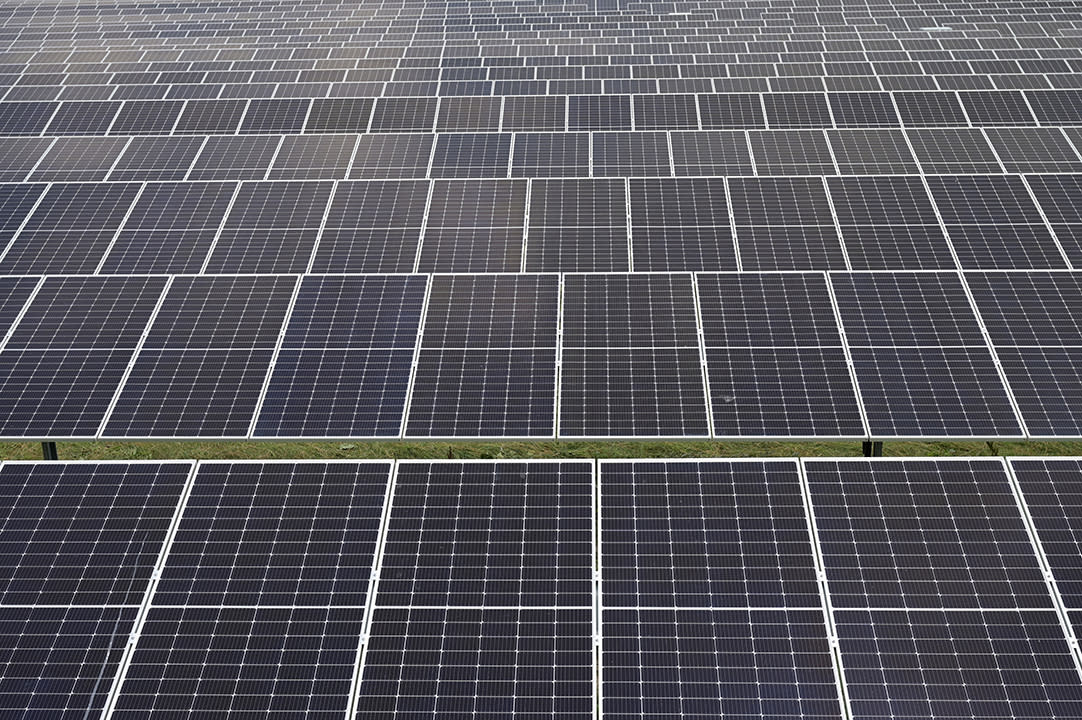
Stumo dismissed critics who say that tariffs could contribute to inflation and pointed to Trump's first term in the White House as evidence.
"Trump’s [Section] 301 tariffs did not result in inflation that was actually passed on to the consumer," he said. "Sixty percent tariffs on China, phased in, would divert trade and production to inside the U.S. and to scores of third countries. China would lose funds, be hard-pressed to fund its war machine, U.S. workers would have more job opportunities at higher salaries, and other countries’ workers and companies would grow their opportunities."
As president, Trump raised tariffs on imported solar panels, washing machines, steel and aluminum, arguing these measures were necessary to prevent jobs from being shipped overseas.
The average U.S. tariff on Chinese goods increased from 3% to 21% between 2018 and 2020, according to the International Monetary Fund. Trump's aggressive policies provoked a trade war, with China and other countries imposing retaliatory tariffs on U.S. goods during those years.
TRUMP WARNS BIDEN ADMINISTRATION TAKING THE WRONG APPROACH TO CHINA: 'IT SHOWS SUCH WEAKNESS'
A working paper by the nonpartisan National Bureau of Economic Research (NBER) released in January ruled Trump's policies an economic loss, but a political win. Import tariffs had no impact on American workers, NBER researchers found, but retaliatory tariffs cost U.S. jobs.
American farmers were hit hardest when China imposed tariffs as high as 25% on exported soybeans, cotton and sorghum, the paper said. The Trump administration launched a $23 billion program to bail farmers out with government checks in 2018 and 2019 to offset those losses, a program that was criticized for being insufficient.
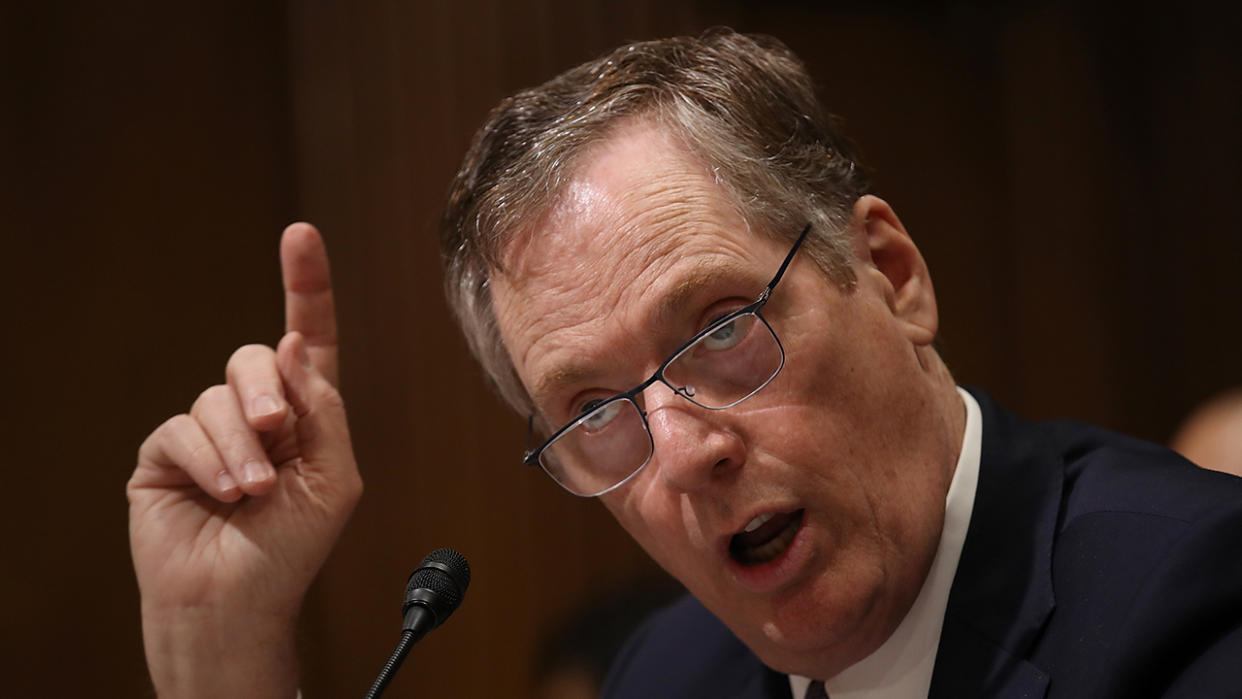
Even so, Trump's policies proved popular. The NBER paper examined data from the 2020 election and found that voters living in rural areas most impacted by tariffs, mainly the Midwest, Great Lakes region and the South, were more likely to switch party affiliation to Republican and vote to re-elect Trump.
The Trump 2024 campaign seeks to capitalize on that support. Former U.S. Trade Representative Robert Lighthizer and former White House Office of Management and Budget Director Russ Vought — two architects of Trump's trade policies — reportedly met with Trump late last year in Bedminster, New Jersey, to develop his 2024 strategy, the Wall Street Journal reported.
LARRY KUDLOW: THE NEW YORK TIMES DOESN'T UNDERSTAND THIS
Another argument Trump has advanced in favor of tariffs is that they would bring in "trillions and trillions of dollars" in government revenues from foreign countries, which could be invested in "American workers, American families and American communities."
A recent analysis by the nonpartisan Committee for a Responsible Federal Budget confirmed that a 60% tariff on Chinese imports would generate about $2.4 trillion in revenues over the next decade — but with a major caveat. That estimate is a static analysis, meaning it does not account for changes in trade behavior. A dynamic score that does found the tariff would "produce far less revenue — or even lose revenue," according to CRFB.
"Under current projections, we estimate the United States will import roughly $5.6 trillion of goods from China between Fiscal Year (FY) 2026 and 2035 at an average tariff rate of about 10 percent (up from 3 percent in 2017)," CRFB said.
While a 60% tariff would increase customs duties on Chinese imports from about $65 billion to nearly $400 billion in fiscal year 2035, CRFB explained that measurement is not useful since it does not account for dramatically reduced trade with China.
HOW IT STARTED… HOW IT'S GOING: ENERGY PRICES SOAR AS BIDEN PURSUES GREEN AGENDA
After accounting for the impact of reduced imports from China, the dynamic estimate found the tariff would generate as much as $300 billion in net revenue over a decade, or lose $50 billion, "depending on what share of Chinese imports are replaced with domestic versus foreign goods."
Stumo contested CRFB's findings, asserting that the estimate is based on an economic model "that has never been right."
"That’s because it does not take into account the economy’s internal ability to grow when imports are controlled or reduced," he told FOX Business. He cited a Financial Times article published last year titled, "Models can mislead us on the impact of global trade." The article discussed how researchers at the Federal Reserve Bank of Minneapolis found that the GTAP model had "essentially zero predictive accuracy."
"The national security benefits will be immense, defunding our greatest adversary. There are no tradeoffs," he said. "There will be little or no inflation just as was the case after the first Trump tariffs. Those who claimed inflation were not telling the truth and used theoretical models that did not actually look at real prices US consumers paid."
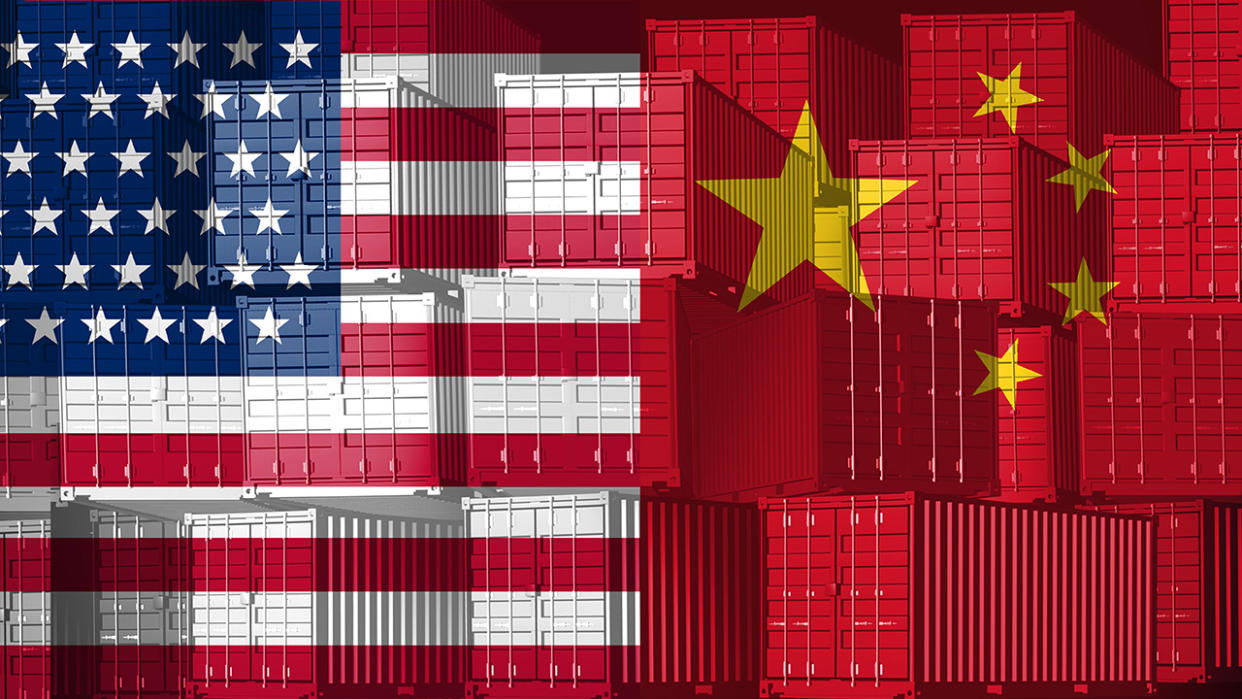
Micah Meadowcroft, research director for Russ Vought's group, the Center for Renewing America, added that the CRFB analysis falls short because it fails to consider potential changes in the labor market brought about by Trump's tariff proposal, such as people moving into higher skilled or manufacturing jobs and incentives to develop domestic production in America.
The real focus, Meadowcroft said, should be on how tariffs are intended to change behavior in the present for political objectives.
"I think for the purposes of restoring American greatness, for the purposes of restoring our supply chains to some degree, or restoring as many as we can, and for the purposes of investing in American manufacturing, I think a lot of the American people are quite willing to bite the bullet and see a little bit of a dip in purchasing power," Meadowcroft said.
Savickas, a tariff critic, acknowledged that manufacturers could benefit from higher taxes on imports but said Americans will still suffer by paying inflated prices.
"It can be pitched as a boon for American manufacturing, but there are always victims when taxes get raised, whether it's a tariff, whether it's an income tax, whether it's a sales tax, there are always people who end up holding the short end of the stick," he said.
"The discussion of Trump’s tariff proposals is warped by an unwillingness of tariff defenders to admit reality about disruptions to the market," Meadowcroft observed, "while those who have dismissed and condemn tariffs fail to consider whether there is a place for protectionism and will almost never admit the cost of current policies."
"Everything costs something," he said. "And you should definitely be suspicious of anyone arguing for or even against a policy in a way that neglects to tell you what the tradeoffs are."
Original article source: Economists weigh pros and cons of Trump plan for 60% tariff on China
